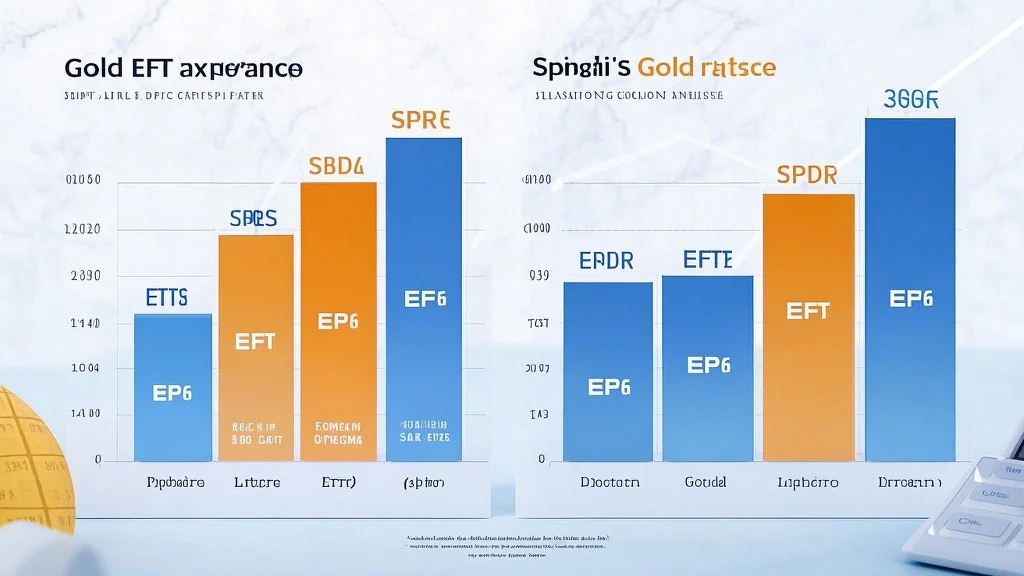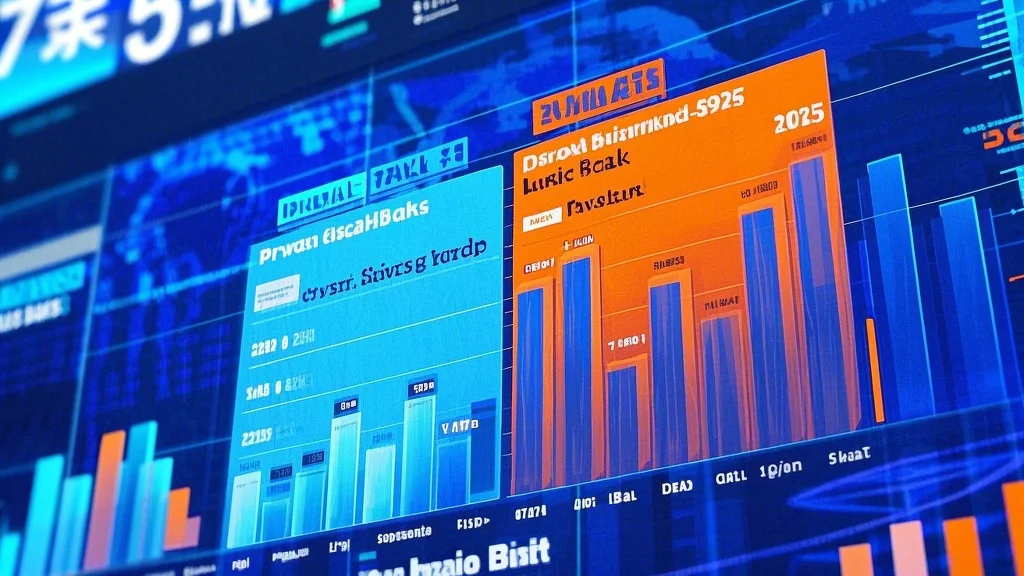Understanding Bitcoin Trading Signal Accuracy
Introduction
Bitcoin trading is no longer confined to seasoned traders; it has democratized, allowing anyone with internet access to participate. However, the complexity of the market necessitates reliable tools. Bitcoin trading signals, which alert traders to potential opportunities, play a pivotal role. This section explores why signal accuracy is crucial and how it impacts trading outcomes.

The Importance of Signal Accuracy
Confidence and Decision-Making: Accurate signals enhance confidence, enabling traders to act decisively. When signals consistently predict market trends, traders are more inclined to trust their decisions.
Risk Management: Inaccurate signals can lead to risky trades, increasing the likelihood of losses. Reliable signals mitigate this risk by providing credible entry and exit points.
Profitability: Ultimately, accurate signals contribute to profitability. They help capture profitable trades, improving the overall trading performance.
Factors Influencing Signal Accuracy
Algorithmic Complexity: Advanced algorithms analyze vast data, enhancing accuracy. Look for tools employing machine learning or AI for superior performance.
Market Volatility: Cryptocurrency markets are inherently volatile. Effective tools adapt to these conditions, offering timely and relevant signals.
Data Sources: The quality and diversity of data sources significantly impact accuracy. Tools using comprehensive data from various exchanges provide more reliable insights.
Enhancing Signal Accuracy
Cross-Verification: Always cross-check signals with other sources. Algorithmic signals combined with technical analysis can lead to more accurate predictions.
Auditing and Backtesting: Tools that allow auditing historical data and backtesting strategies improve reliability. This helps identify and correct flaws in signal generation.
Continuous Learning: The best tools adapt to market changes. Continuous learning algorithms refine their models based on market feedback, enhancing accuracy over time.
Top Verification Tools for 2025
Introduction
Selecting the right tools can transform a Bitcoin trading strategy. This section highlights top verification tools available in 2025, designed to enhance signal accuracy and trading performance.
Top Verification Tools
SignalTrader Pro:
Features: Uses advanced algorithms for accurate predictions, cross-referencing multiple data sources.
Price: Subscription-based, offering tiered pricing for different user levels.
User Feedback: Praised for reliability and user-friendly interface.
CryptoQuant Pro:
Features: Leverages machine learning and sentiment analysis for real-time insights.
Price: Freemium model with paid subscriptions for advanced features.
User Feedback: Known for accurate trend analysis.
CoinSignals Next:
Features: Provides backtesting and performance tracking, allowing traders to audit strategies.
Price: One-time purchase, cost-effective for long-term use.
User Feedback: Popular for intuitive interface and robust analysis tools.
MarketWave AI:
Features: Employs predictive analytics and adaptive algorithms, continuously learning from market data.
Price: Subscription model with tiered access based on features.
User Feedback: Highly regarded for innovative approach and high accuracy.
Choosing the Right Tool
Understand Your Needs: Determine if you need real-time alerts, historical data analysis, or a combination of features.
Evaluate User Reviews: Look for feedback on accuracy, reliability, and customer support.
Test Trials: Many tools offer free trials, allowing you to assess their effectiveness firsthand.
Future Trends
AI and ML Integration: Expect more tools incorporating AI and ML for predictive analysis.
Regulatory Compliance: As markets mature, tools will incorporate compliance features to meet regulatory standards.
Enhanced Security: With increasing market activity, tools will focus on robust security measures to protect user data.
The verification tools mentioned in this article represent the pinnacle of 2025’s Bitcoin trading technology. By prioritizing accuracy and leveraging these tools, traders can navigate the market with confidence. Remember, while tools enhance decision-making, they are just one component of a successful trading strategy. Pair them with meticulous research, risk management, and a clear trading plan for optimal results.
Closing: The landscape of Bitcoin trading is ever-evolving, demanding continuous learning and adaptation. By staying informed and equipped with the right tools, traders can achieve their objectives and thrive in this competitive market. It’s an exciting journey ahead with tools like those discussed here at your disposal. Happy trading!



